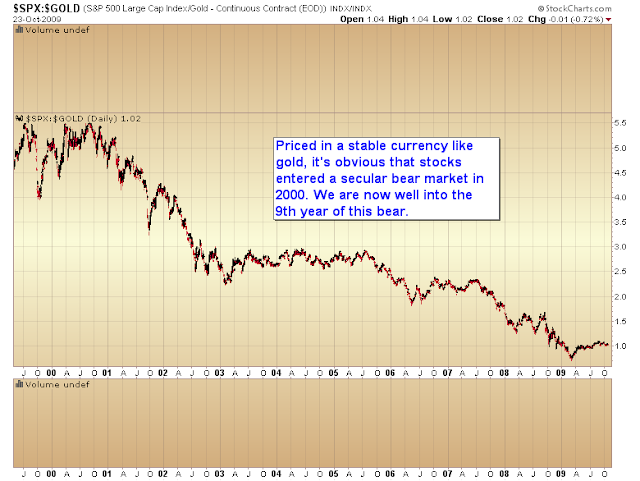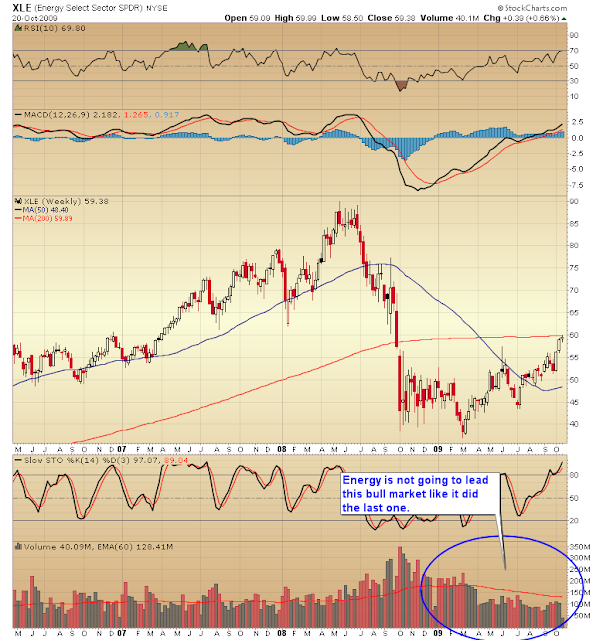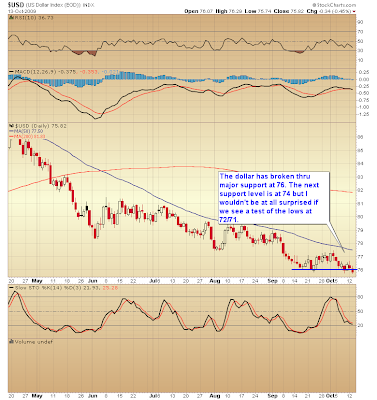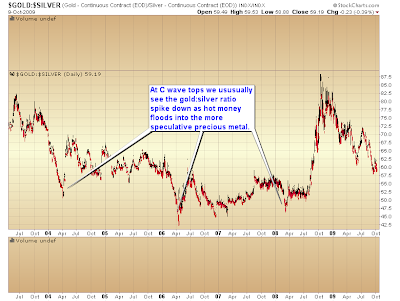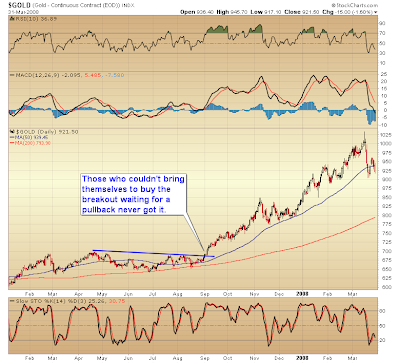I'm going to let you in on a big secret. Contrary to what many bloggers and retail traders would have you believe, investing/trading is probably the single toughest business in the world. Let's face it you are competing against the smartest, best capitalized, most knowledable people on the planet.
What do we have to work with? Mostly just some charts and hopefully a little common sense.
What do they have at their disposal? Almost unlimited capital, massive research departments, inside information, teams of lobbists, and direct lines to the treasury and the Fed :)
Can anyone really expect to compete sucessfully against those kind of odds? It's like sending Tiny Tim out to block Lawrence Taylor.
So when you see these fantastic claims of extreme accuracy ask yourself does this seem too good to be true?
The truth is almost no one is going to be right much more than 60% of the time over any significant period of time.
Now you can use a mechanical system and boost those returns. The Bollinger band crash trade for example has about 90-95% accuracy. But here's the thing. A system with a very high degree of accuracy tends to produce small gains and very large losses. So the expectancy isn't all that great.
The other way around and you get a system that doesn't win all that often but scores huge when it does win. The downside is you have to endure many small losses waiting for that big win.
The irony is that usually more money is made with the second type of system. However human nature isn't programmed to accept a lot of negative feedback so we tend to gravitate towards the systems that win more often even though our total return is typically smaller.
This is why bloggers and money managers will try to impress you with how accurate they've been.
In my opinion I would be more interested in what kind of positive expectancy they've achieved and over how long of a period. Let's just say I'm much more impressed with someone who can boast a 55% track record, whos gains on average are twice as big as their losses and has maintained this consistently over the last 10 years. That my friends is someone who knows what the hell they are doing.
When I see someone bragging about how he's right 90% of the time and he's made gigantic gains in a very short period of time all while the market has moved very little, I turn around and walk in the other direction.
A very high win rates means one of two things. Our guru just got on a hot streak (they never last) or he's using a system similar to the Bollinger band crash trade that has many small profits and a few huge losses. All in all an acceptable system but not one that's destined to make you rich.
If he's boasting huge gains in a very short time span then I also know he's using massive leverage. When I see that I don't walk in the other direction, I run as fast as my feet will carry me.
So one can choose to live in a fantasy world if they want. Personally I've found it's more profitable to accept reality and make money the old fashioned way. "Just earn it"


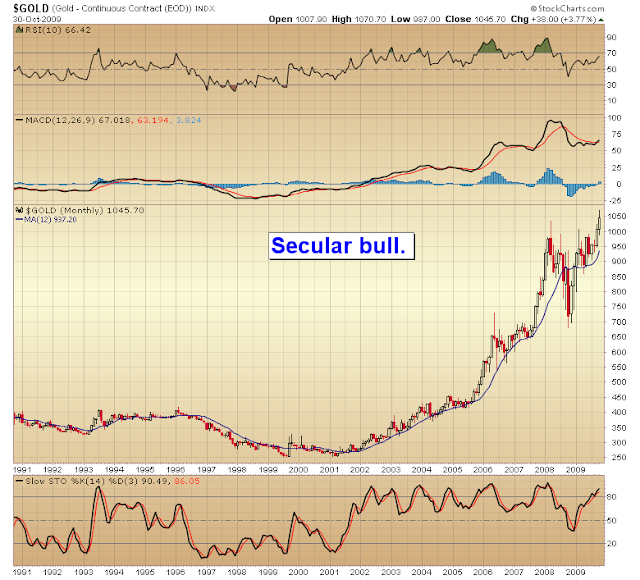 This last chart is most definitely a secular bull market and one that's starting to catch fire. The gold bull is firing on all cylinders. Not only do we have currency debasement but we are also seeing a tremendous supply and demand imbalance in the precious metals market as investors and many central banks scoop up the rare metal as protection against oncoming inflationary pressures. This at a time when almost every gold mine is struggling to keep up production.
This last chart is most definitely a secular bull market and one that's starting to catch fire. The gold bull is firing on all cylinders. Not only do we have currency debasement but we are also seeing a tremendous supply and demand imbalance in the precious metals market as investors and many central banks scoop up the rare metal as protection against oncoming inflationary pressures. This at a time when almost every gold mine is struggling to keep up production.



